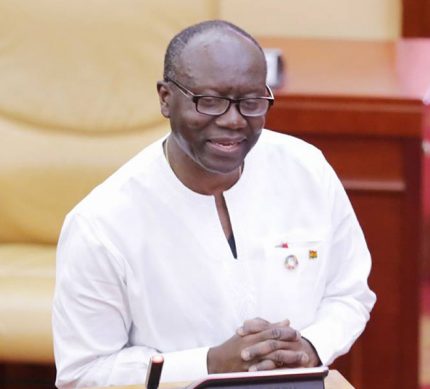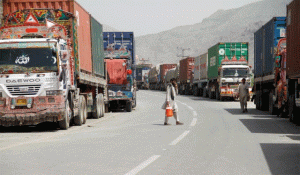Ghana is projected to be one of the two fastest-growing economies in the world this year, moving ahead of its peers in sub-Saharan Africa, except the South Sudan.
The forecast, contained in the latest World Economic Outlook published by the International Monetary Fund (IMF) this month, cuts growth projections for sub-Saharan African countries this year to 3.5 per cent from 3.8 per cent last year.
The economies of Ghana and the South Sudan are expected to grow at 8.8 per cent, the fastest any forecast has predicted for this year.
The South Sudan is emerging from years of conflict, after a peace deal last year which has enabled it to start pumping crude oil.
The World Bank, however, gives a slightly lower economic growth forecast of 7.6 per cent for Ghana.
The Government of Ghana itself is conservative in its growth forecast; it gives a slightly lower projection of 7.2 per cent in the 2019 budget.
Caution
The IMF’s regional growth projection was more optimistic than that of the World Bank, which states that economic recovery in sub-Saharan Africa will take longer than previously thought and, therefore, cuts its 2019 forecast to 2.8 per cent from 3.3 per cent.
The commodity price slump of 2015 cut short a decade of rapid growth for economies in the region.
However, the Head of the Africa Department of the IMF, Mr Abebe Aemro Selassie, warned of rising public debt vulnerabilities that were elevated in some countries and posed economic challenges.
“The reason for the increase in debt levels tends to be very country-specific; for some it is due to addressing the large infrastructure needs,” he said.
Debt vulnerabilities
Mr Selassie said other countries were experiencing debt vulnerabilities due to the effect of the commodity price shock that hit them between 2014 and 2016, while others were going through pro-cyclical policies which had led to the marked increase in debt levels.
“Looking ahead, we see basically two broad implications for policies: first, in the fast-growing economies, the likes of Ghana, Benin, Ethiopia and Senegal, there is a need to hand over the reins of growth from the public to the private sector,” he said.
Declining budgets
According to the IMF, declining budgets and a less supportive external environment complicated the challenge of finding ways to address human and physical capital investment needs and creating enough jobs to absorb the 20 million new entrants into labour markets each year.
“Central to resolving this challenge is building up sufficient resources, enhancing resilience to shocks and fostering an environment conducive to sustained, high and inclusive growth,” Mr Selassie said.
Trimmed growth
South Africa, the region’s most advanced economy, saw its growth trimmed to 1.2 per cent on account of policy uncertainty in the economy due to upcoming elections next month.
The new forecast also reflected downward revisions for Angola and Nigeria, with a softening in oil prices, the IMF said.
Nigeria is expected to be the stand-out performer, amid recovery in oil prices. Its growth is set to increase from 0.8 per cent in 2017 to 2.1 per cent in 2018 and 2.3 per cent in 2019 on the back of an improved outlook for oil prices.
Nigeria and South Africa were the continent’s two biggest economies and positive economic growth in the two would see recovery in sub-Saharan Africa continued, according to the report.
“The recovery in sub-Saharan Africa is set to continue, supported by the rise in commodity prices. For the region, growth is expected to increase from 2.8 per cent in 2017 to 3.4 per cent this year, rising further to 3.8 per cent in 2019.
“The upgraded forecast reflects improved prospects for Nigeria’s economy. Its growth is set to increase from 0.8 per cent in 2017 to 2.1 per cent in 2018,” the IMF said.
Meanwhile, global growth is projected to reach 3.9 per cent in 2018 and 2019, in line with the forecast of the April 2018 outlook.
Expansion was becoming less even and risks to the outlook were mounting, according to the report.
Graphic.com.gh







